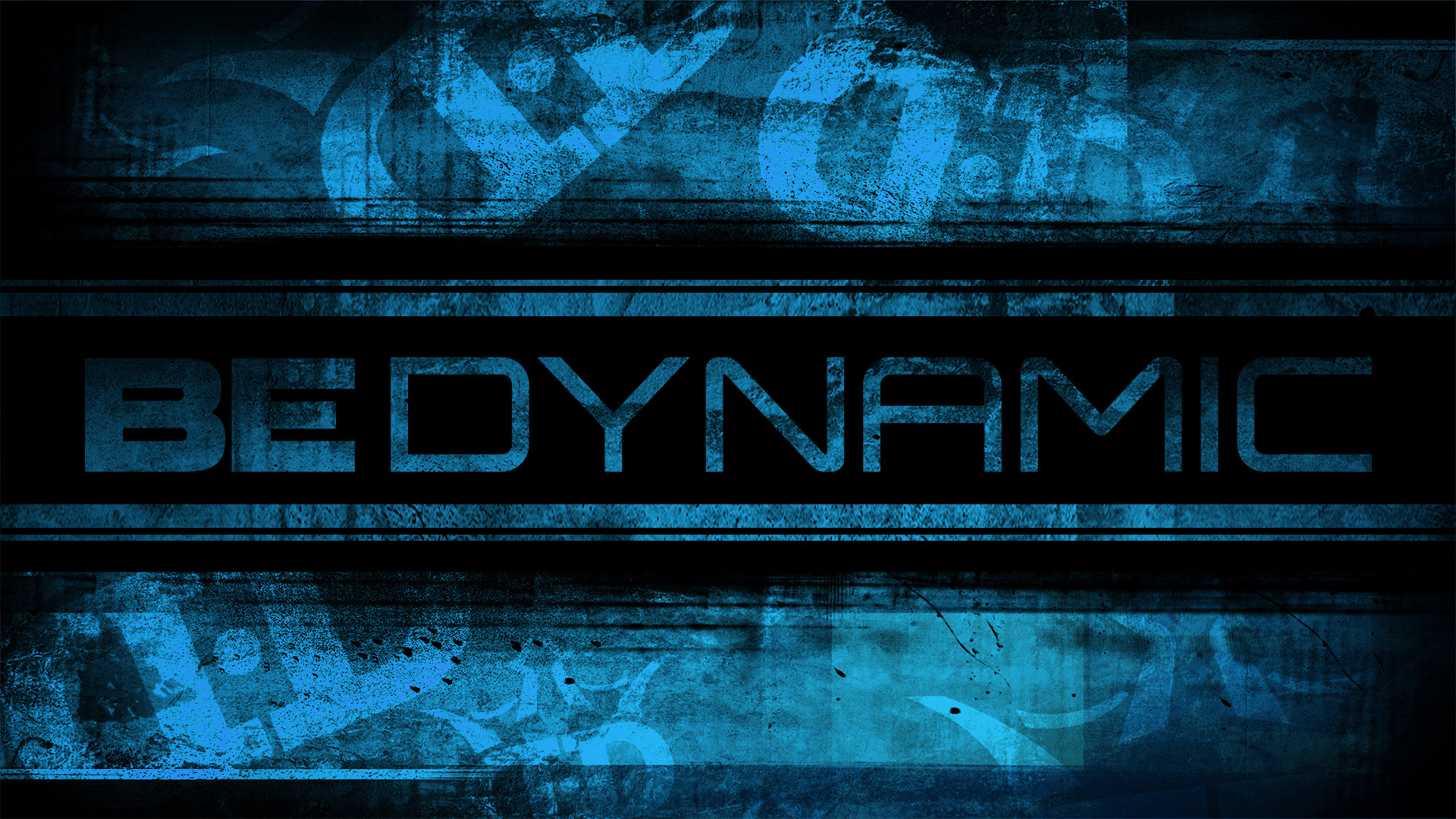

VDI can be deployed in two essential modes: persistent or non-persistent.

Nutanix 2nd Special Edition Persistent vs Non-Persistent VDI Deployments The user should be able to access the virtual desktop on any device. The virtual desktop surfaces in the digital workspace interface. A user can remotely access a digital workspace that includes VDI. After all, a digital workspace is an interface that brings together the digital tools an employee needs to do his or her job, so a desktop is essential. VDI is a natural fit for the digital workspace. Security managers must define and enforce security policies to harden VDI infrastructure. The VDI server is an attractive target for malicious actors, partly because it contains sensitive information, but also because a VDI outage will disrupt operations. Security - While VDI avoids many of the endpoint vulnerabilities that affect standard desktops, the security risk in VDI is now centralized. Training - VDI does require training versus standard desktop operating systems, which are assumed to be well understood by all users. It may be necessary to modify them to be on VDI or buy VDI-supported versions, which can be difficult or even impossible with older software. This can affect productivity and operations.īackups can be challenging - This is not an insoluble problem, but backup managers must develop and implement a specific backup plan for VDI assets.Īpplications may need to be adapted - Not every application works well on VDI. Other drawbacks to VDI include:ĭowntime affects everyone - If a VDI server goes down, then all users relying on that system for their desktops will be offline.

Running VDI can also strain an endpoint’s CPU. Its strengths notwithstanding, VDI does come with some limitations and drawbacks. The users are able to sign on to their virtual desktop instances using a connection broker-a software-based gateway that functions as an intermediary between the user and the VDI server. End users access these virtual desktops remotely from their devices. The VDI hypervisor segments the server into VMs, which in turn host virtual desktops. VDI works by means of a hypervisor, which is software that runs and manages virtual machines (VMs) on a computer server. When end-users log in and create a session, a connection broker assigns the session to a virtual desktop from the appropriate pool. The virtual desktops are derived from pools of identical virtual machines (VM) that an administrator configures for particular job functions. A remote server in a datacenter hosts the desktop environment and applications users access these resources remotely through a variety of end-user devices, including desktop computers, laptops, tablets, and phones. Virtual Desktop Infrastructure (VDI) makes desktops and applications an on-demand service, anytime and anywhere.


 0 kommentar(er)
0 kommentar(er)
